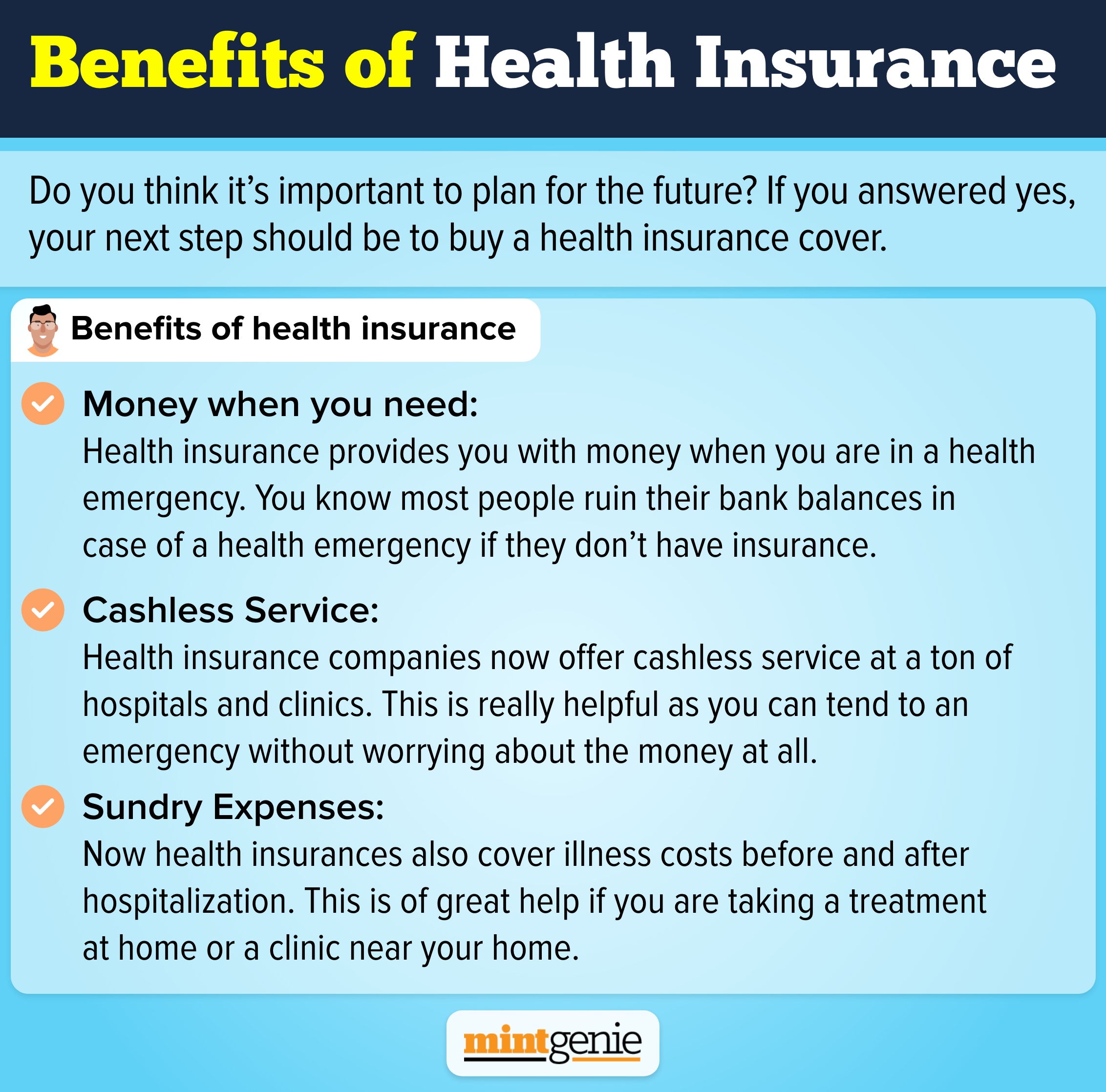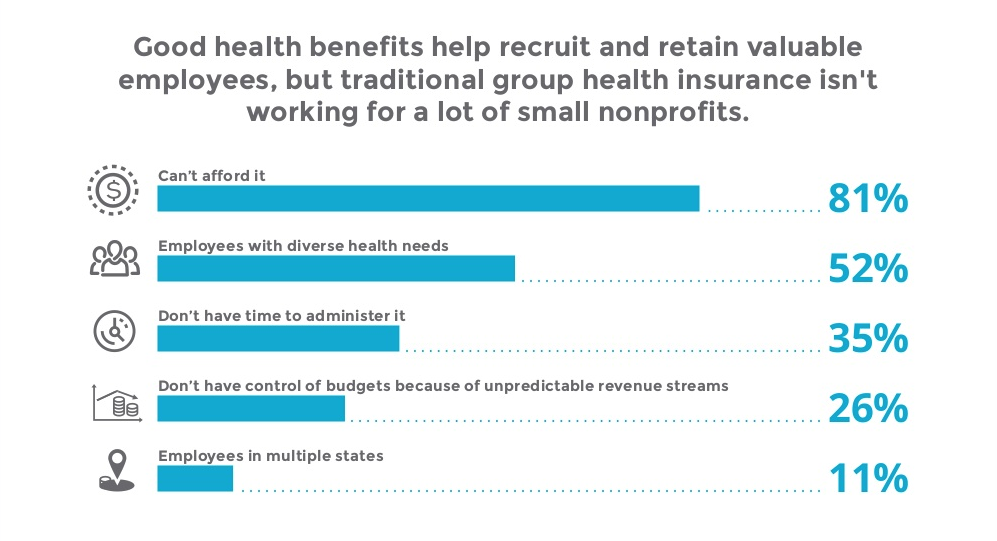Medicare Advantage Agent - An Overview
Medicare Advantage Agent - An Overview
Blog Article
Facts About Medicare Advantage Agent Revealed
Table of ContentsGetting My Medicare Advantage Agent To WorkThe smart Trick of Medicare Advantage Agent That Nobody is DiscussingThe Main Principles Of Medicare Advantage Agent

follows from perplexing the fairly young age profile of the without insurance with the better wellness, typically, of more youthful persons. This covers the link in between health and wellness status and health and wellness insurance. For those without accessibility to workplace medical insurance, bad health is a prospective obstacle to buying nongroup insurance coverage since such insurance coverage may be extremely valued, omit preexisting problems, or be merely unavailable. The variety of uninsured Americans is not specifically huge and has actually not changed in current years. Seven out of ten participants in a nationally representative study assumed that fewer Americans lacked wellness insurance than in fact do(Fronstin, 1998). Roughly fifty percent(47 percent )thought that the number of people without health and wellness insurance policy decreased or stayed consistent over the last half of the last decade(Blendon et al., 1999). This decrease of nearly 2 million in the variety of individuals 'without insurance (a reduction
of about 4 percent)is definitely a favorable adjustment. With a softer economic situation in 2000 the current reported gains in insurance coverage may not continue(Fronstin, 2001 ). The decline in the number of uninsured will certainly not proceed if the economic situation continues to be slow and healthcare costs remain to outmatch inflation. This is due to the fact that the data were accumulated for a period of solid financial performance. Of the approximated 42 million individuals that were uninsured, just about concerning 420,000(concerning 1 percent)were under 65 years old, the age at which most Americans come to be eligible for Medicare; 32 million were adults in between ages 18 and 65, around 19 percent of all grownups in this age; and 10 million were youngsters under 18 years of age, about 13.9 percent of all youngsters (Mills, 2000). These price quotes of the variety of individuals uninsured are produced from the yearly March Supplement to the Present Population Survey (CPS), conducted by the Census Bureau. Unless or else kept in mind, national price quotes of individuals without medical insurance and percentages of the population with various type of coverage are based upon the CPS, the most extensively used source of price quotes of insurance policy protection and uninsurance rates. These studies and the quotes they yield are defined briefly in Table B. 1 in Appendix B - Medicare Advantage Agent. These studies differ in size and tasting techniques, the questions that are inquired about insurance
The Best Strategy To Use For Medicare Advantage Agent
coverage, and the moment duration over which insurance coverage or uninsurance is gauged(Lewis et al., 1998, Fronstin, 2000a ). Still, the CPS is particularly valuable because it creates yearly estimates fairly quickly, reporting the previous year's insurance protection approximates each September, and because it is the basis for a constant collection of estimates for more than two decades, permitting analysis of patterns in insurance coverage over time.

6 Easy Facts About Medicare Advantage Agent Shown
Over a three-year period starting early in 1993, 72 million people, 29 percent of the united state population, were without protection for at least one month. Within a solitary year(1994), 53 million people experienced at the very least a month without protection(Bennefield, 1998a). 6 out of every ten without insurance adults are themselves used. Although functioning does enhance the likelihood that and one's relative will have insurance, it is not a guarantee. Even participants of households with 2 full-time wage income earners have almost a one-in-ten possibility of being without insurance (9.1 percent uninsured rate)(Hoffman and Pohl, 2000 ). The partnership between health and wellness insurance and access to care is well developed, as recorded later in this chapter. The relationship in between health insurance and health and wellness end results is neither straight neither easy, an extensive medical and health and wellness solutions study literary works web links wellness insurance policy protection
to improved enhanced to care, better much betterHigh quality and improved enhanced and population health status. The 2nd record, on personal health outcomes for without insurance adults, is represented by the inner circle of the number, while the third record, on family members well-being, encompasses the topics of the second report however emphasizes a various system of analysis, particularly, the family. The 6th report in the collection will certainly present details concerning methods and initiatives undertaken in your area, statewide, or country wide to address the absence of insurance coverage and its unfavorable influences. Degrees of analysis for checking out the impacts of uninsurance. This conversation of medical insurance protection focuses largely on the U.S. populace under age 65 because basically all Americans 65 and older have Medicare or other public coverage.
It focuses particularly on those without any type of health and wellness insurance coverage for any kind of size of time. The troubles encountered by the underinsured remain in some areas comparable to those encountered by the without insurance, although they are normally much less serious. Uninsurance and underinsurance, nevertheless, entail noticeably different policy problems, and the techniques for addressing them may differ. Throughout this study and the five records to adhere to, the major emphasis gets on persons without any medical insurance and therefore no support in paying for health treatment past what is offered with charity and safeguard institutions. Wellness insurance policy is an effective element affecting receipt of treatment since both clients and physicians reply to the out-of-pocket rate of services. Health insurance, nonetheless, is neither needed nor sufficient to get to medical solutions. The independent and direct effect of wellness
insurance coverage protection access accessibility health services solutions well established. Others will acquire the healthcare they require also without health and wellness insurance, by spending for it out of pocket or seeking it from providers that offer treatment totally free or at very subsidized rates. For still others, medical insurance alone does not make certain receipt of treatment because of various other nonfinancial barriers, such as a lack of wellness care suppliers in their community, restricted accessibility to transportation, illiteracy, or etymological and social differences. Formal study about uninsured populaces in the United States dates to the late 1920s and early 1930s when the Board on the Price of Treatment created a collection of records about financing medical professional office check outs and hospital stays. This issue became prominent as the numbers of clinically indigent climbed up throughout the Great Depression. Empirical studies consistently support the web link between access to care and improved health and wellness outcomes(Bindman et al., 1995; Starfield, 1995 ). Having a routine source of treatment can be considered a forecaster of accessibility, rather than a direct procedure of it, when health and wellness end results are themselves utilized as access signs. This extension of the concept of accessibility measurement was made by the IOM Board on Checking Accessibility to Personal Healthcare Solutions(Millman, 1993, p. Whether or not moms and dads are guaranteed appears to influence whether their youngsters receive treatment along visit with exactly how much careeven if the kids themselves have coverage(Hanson, 1998). The health of parents can impact their capability to care for their youngsters and the level of family members stress. Fretting about their youngsters's access to care is itself a resource of tension for moms and dads. 3 chapters follow in this record. Phase moved here 2 gives a summary of just how employment-based medical insurance, public programs and private insurance coverage run and communicate to give considerable however insufficient insurance coverage of the U.S. population. This includes a review of historic patterns and public laws affecting both public and exclusive insurance coverage, a discussion of the interactions amongst the various sorts of insurance coverage, and an exam of why people move from one program to another or end up

Report this page